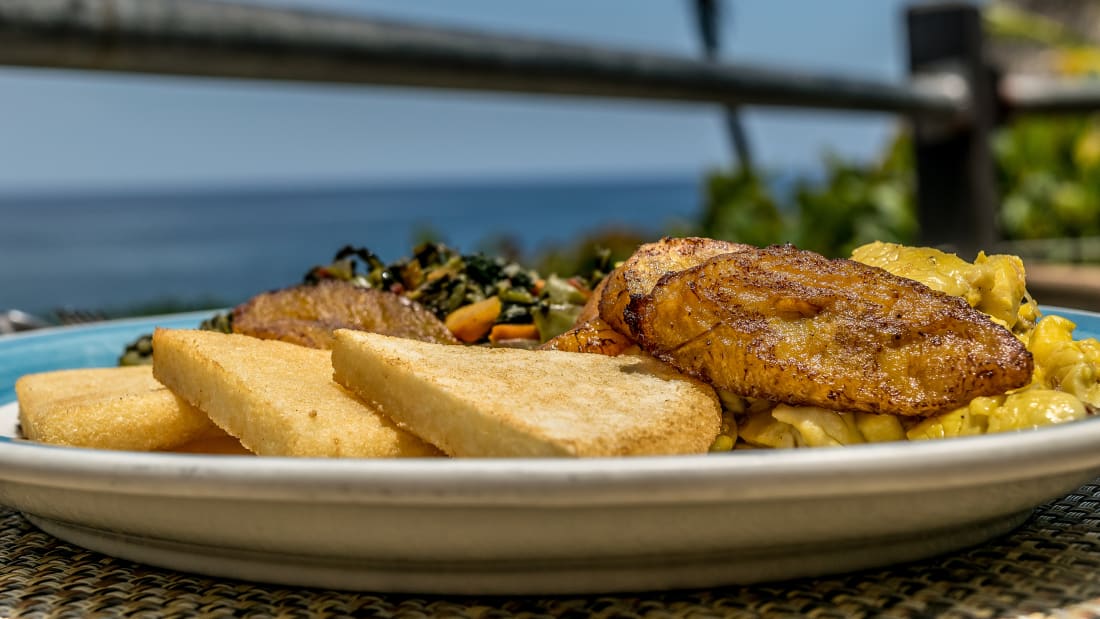Native Cassava Production in the West Indies
Like most of the pre-packaged foods available to the average consumer, the process of production often involves a complex process. Cassava products are no different.
Although modern technologies and equipment make for a relatively easy process for commercial cassava production, native production of cassava throughout the late 17th century onto the 19th century required a much more complex and arduous practice which often involved the work of West Indie slaves.
As depicted in the above image, cassava production during this era followed a seven-step process (excluding the cultivation and agricultural process) which involved the initial scraping of the cassava skin, then being grated against a hard surface, pressed by a flattening device held down by large rocks, beaten into a mortar into a powder, and finally sifted into a fine flour. This flour can then used to make cassava bread which involved spreading the flour mixture onto a stone over an open flame and allowing to cook on each side.
To learn more about the historical and cultural aspects surrounding cassava flour see Devin Johnson's exhibit in the link below:
In the video below, Nigerians prepare and process cassava for production. Although some techniques incorporate modern technologies and equipment, the general process reflects the same guideline as that depicted in the first image.
Royal TV Nigeria, "Garri: Cassava Production." YouTube. June 10, 2016.

